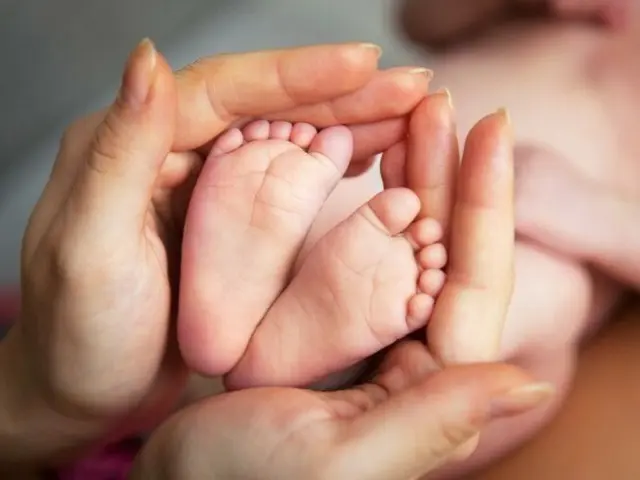There was a significant increase. According to the ``Current status of male infertility treatment'' obtained from the National Health Insurance Corporation by the office of Rep. Jeong Hae-sook of the Health and Welfare Committee of the Korean National Assembly, the number of male infertility treatment patients increased by 7 in 2018.
The number of people increased by 7,343 (9.36%) from 8,370 to 85,713 in 2022. In addition, as of August this year, the number of male infertility patients was counted at 50,776, and the number will continue to increase.
It is expected that this will continue. Over the past five years, the number of male infertility patients showed the greatest increase among those in their 50s. In 2018, there were 1,302 male infertility patients in their 50s.
The number increased to 1,732 people last year, recording an increase rate of 33.02%. The age group with the next highest rate of increase was those in their 40s. For men in their 40s, the number increased from 20,785 in 2018.
Last year, the number increased by 21.64% to 25,284 people. Meanwhile, the average medical costs for male infertility patients continue to rise. In 2018, it was 129,000 won (approximately 14,279 yen)
Medical expenses increased by approximately 30,000 won (approximately 3,320 yen) last year to 158,000 won (approximately 17,489 yen). It was found that the average medical expenses increased with age. Last year's base
The average medical fee for infertility patients for men in their 30s was 150,000 won (approximately 16,603 yen), and for those over 60 it was 275,000 won (approximately 30,440 yen).
Congressman Chung said, ``The painful reality of not being able to have children even if you want to have them is an issue that must be solved,'' adding, ``In order to solve the problem of low birthrate, we must
"We will continue to explore more proactive ways to support male patients."
2023/10/09 07:33 KST
Copyrights(C) Herald wowkorea.jp 96

